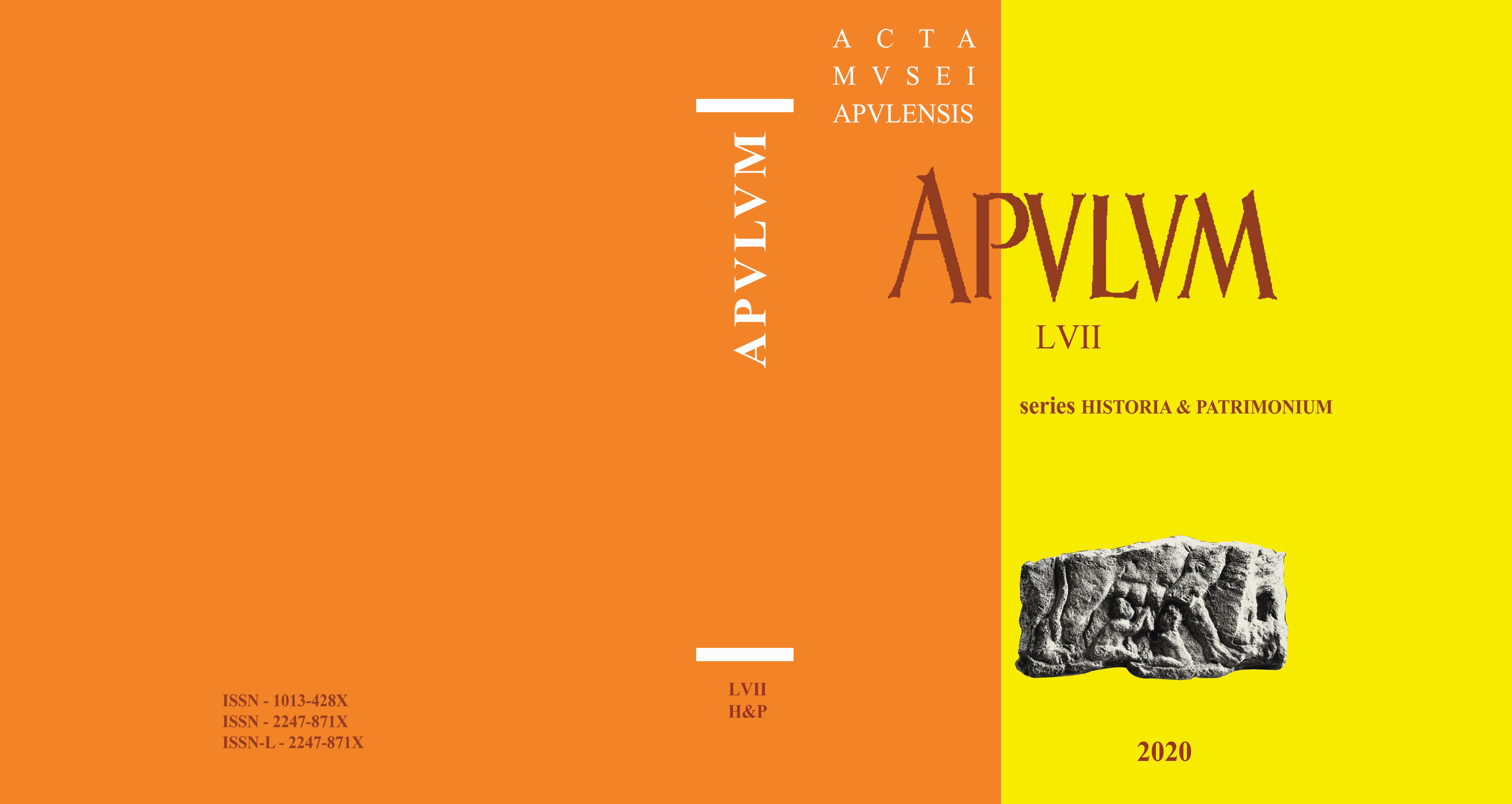Drumul spre Adunarea Națională de la Alba Iulia
The Road to Alba Iulia’s National Assembly
Author(s): Victor-Tudor RosuSubject(s): History, Local History / Microhistory, Social history, Recent History (1900 till today), Pre-WW I & WW I (1900 -1919)
Published by: Muzeul National al Unirii Alba Iulia
Keywords: means of transportation; Union of Transylvania; 1st of December 1918; trains; cars; carts; on foot;
Summary/Abstract: As the National Assembly from Alba Iulia was programmed for 1st of December 1918, thousands and thousands of Transylvanian Romanians planned to make the trip and be part of this great event, that was about to establish the Union of Transylvania, Banat and “The Hungarian Parts” with the Kingdom of Romania. For the participants coming from a long distance, the most used means of transportation was the train. The Hungarian government took measures to supplement the train sets, not to be accused of jeopardising a democratical meeting, that was meant to express the voice of the Romanian population. Most of the additional train sets were introduced in 30th of November. On the other hand, the railroads were problematic. The train stations, especially, experienced tensions because the Hungarian National Guards controlled an important part of them. At the same time, the German troops were retreating from Romania after the Armistice and had to cross the territory of Transylvania. However, the participants were enthusiastic during the travel, singing many patriotic songs, dancing during stops in stations and cheering. At the destination, in Alba Iulia railway station, the Romanian National Guard also called the Romanian Legion of Alba Iulia attended the reception of the guests in the town, in a triumphal manner. Most of the participants from Alba Iulia’s surroundings came to the town on foot. They were normally coming in formations, very organised and disciplined, but enthusiastic as well. There were also exceptions, with delegates travelling a more significant distance on foot. There were also mounted participants and delegates that covered the distance on carts or carriages. On several cases, automobiles were helpful for those able to afford them. For some participants, the travel started in 28th of November, but the most of people came in 30th of November, while those from villages not far away from Alba Iulia set off in the early morning of 1st December. Most of the members of the Central Romanian National Council, the main political body of those days, along with the leader Ștefan Cicio Pop, came, for example, by train in 29th of November. After the Assembly, the 100.000 participants travelled back home, starting in the afternoon of that day. The present article is based on many memorial sources and newspapers from 1918, presenting numerous examples on the matter.
Journal: Apulum
- Issue Year: 57/2020
- Issue No: 1
- Page Range: 45-55
- Page Count: 11
- Language: Romanian
- Content File-PDF

